Posted on July 14, 2014 08:48:53 PM
Saving our coco farmers by using our coconuts
0 0 Google +0 0
 |
IN BUSINESS, there is a dictum: Don’t fall in love with your product. If you don’t innovate, your product will become obsolete sooner than later.
In the corporate world, the road is full of dead bodies of once successful products gone obsolete. These include: Kodak film, the pager, the telex, the post office.
|
RELATED STORIES
 M.A.P. Insights — Niceto S. Poblador: “Teach business students strategy upfront”
 M.A.P. Insights — Rolando Dy: “The avoidable tragedy of rural poverty”
 Map Insights — Chiqui Escareal-Go: “Social responsibility: It shouldn’t just be for show”
 Map Insights — Rex C. Drilon II: “Stakeholders are back on the SEC radar”
 Map Insights — Dr. Avelino Dl. Zapanta: “Airport vision looking for a place to land”
|
Successful Asian nations in agriculture attained success because they listened to the market, appreciated new technologies, and fully believed that a profitable business is a lasting business. Here are some examples:
MALAYSIA. There was a time when the country was the world’s leading rubber producer, and a player in cacao. I remember that because I worked on Malaysian agriculture projects in the early 1980s. But these crops were labor-intensive and the country was running out of workers. There was also the ascent of profitable palm oil coming out of the well-run Malaysian research centers.
What happened? Malaysia converted large rubber and cacao areas to oil palm. In the 1970s, a development consultant, as told to me by former economic planning chief Tan Sri Ahmad Sarji, was pushing for coconut planting. The reason: coconut culture is well-suited to Malay culture. He turned the proposal down and decided for oil palm and rubber instead. The rest is history. Tan Sri Ahmad must have understood that their well-oiled research systems will give their farmers far higher farm profits.
In later years, the Rubber Industry Smallholder Development Authority (RISDA), which collects export cess (levy) for research and replanting, launched a program that provided many crop options to rubber farmers such as oil palm, durian, and then other crops.
THAILAND. For decades, Thailand was dependent on rice, corn, rubber and cassava. Knowing the potentials of rubber, planting was expanded in the northeast. In the 1970s, the country shifted gear to develop a world-class sugar industry second only to Brazil, by applying sound policy and operational practices. In the 1990s, it expanded massively into oil palm in part by converting old rubber areas due to labor shortages. The country also became a global tuna processing center, as well as processed chicken, processed fruit and shrimp exporter.
VIETNAM. When the war ended in 1975, the country’s agriculture was in shambles. There was little to export. How the country became a leading world player in coffee, cashew, pepper and prawn is a story to tell. Never mind rice and dory catfish. They have the huge Mekong River to thank for.
What about us? We are global players only in three: banana, pineapple and coconut. We have to thank the multinationals for the two crops. The crops earn over a billion dollars a year. They are labor-intensive. The companies paid taxes and developed communities.
What about coconut? With over 3.5 million hectares planted, and earning only a total of about $1.5 billion dollars, it has a failing scorecard.
Oil palm can earn over three times more per hectare. Senile trees, bad genetics and lack of intercropping make coconut a host to the largest concentration of rural poor. It is also host to absentee landowners, feudal practices, and rebels or insurgents.
For long, development thinking in this country has lagged behind. For decades, we chose to ignore the success stories of our neighbors. Is it because there are really few agriculturists or agribusiness men in the halls of Congress? Or we are ruled by the urban elite who have less concern for rural development?
We need to change urgently ingrained mindsets if we want to take the bull by the horn.
What are the development options?
First, a culture that is stuck to coconut alone — the status quo. Some sectors believe that since coconut has many products and is the “tree of life,” it is the end-all and be-all of development. Omitted in the linear thinking is whether the logical outcome is to increase farmers’ income and reduce poverty.
This is where we have been for decades. No wonder farmers’ poverty incidence is stuck at near 40% and far higher among coconut farmers and workers.
The second option is openness to all options as long as they will move many rural poor out of poverty. This option is what our ASEAN neighbors took. It is not surprising that Thai and Indonesian agriculture exports exceed over $40 billion, Malaysia over $35 billion, and Vietnam nearing $20 billon. The Philippines is stuck at around $5 billion.
The future of the coconut farmers lies in the hands of 21st century thinking. If the markets, land and logistics are suitable to high-density hybrid coconuts, so be it. If it is for oil palm or rubber, go for it. If it is cacao, saba banana and coffee intercropping, then execute the farming systems. The farmer’s profit is the acid test.
Imagine a Philippines where there is little or no rural poverty. Twenty million people (four million families) earning a total net income of P400 billion a year. It is hard work. But it is possible. Our Southeast Asian neighbors have succeeded in this.
What will that do to the domestic market and investments? What will that do to the peace? Think about it.
Rolando Dy is chair of the Management Association of the Philippines Agribusiness and Countryside Development Committee, and executive director of the Center for Food and AgriBusiness of the University of Asia & the Pacific.
